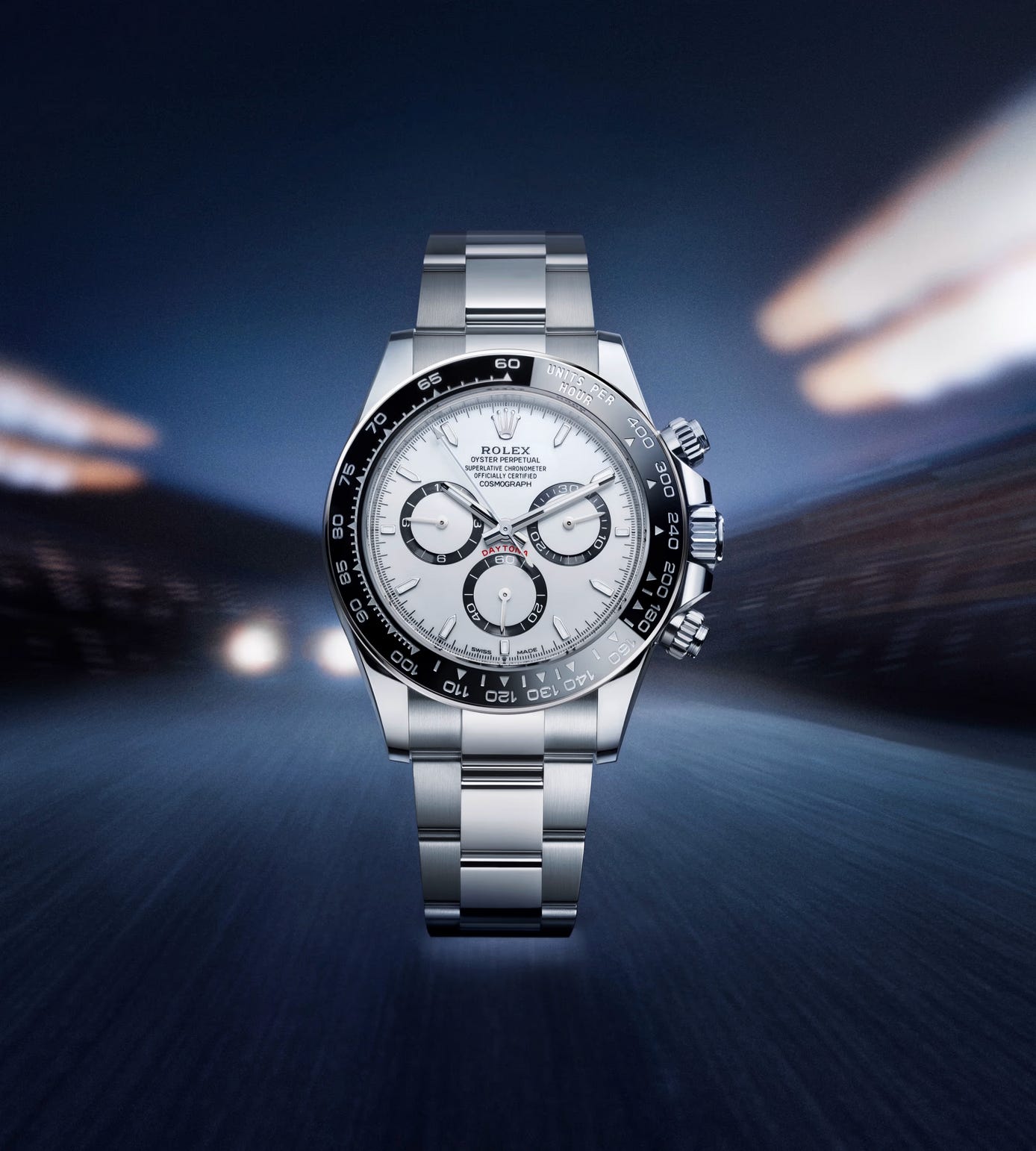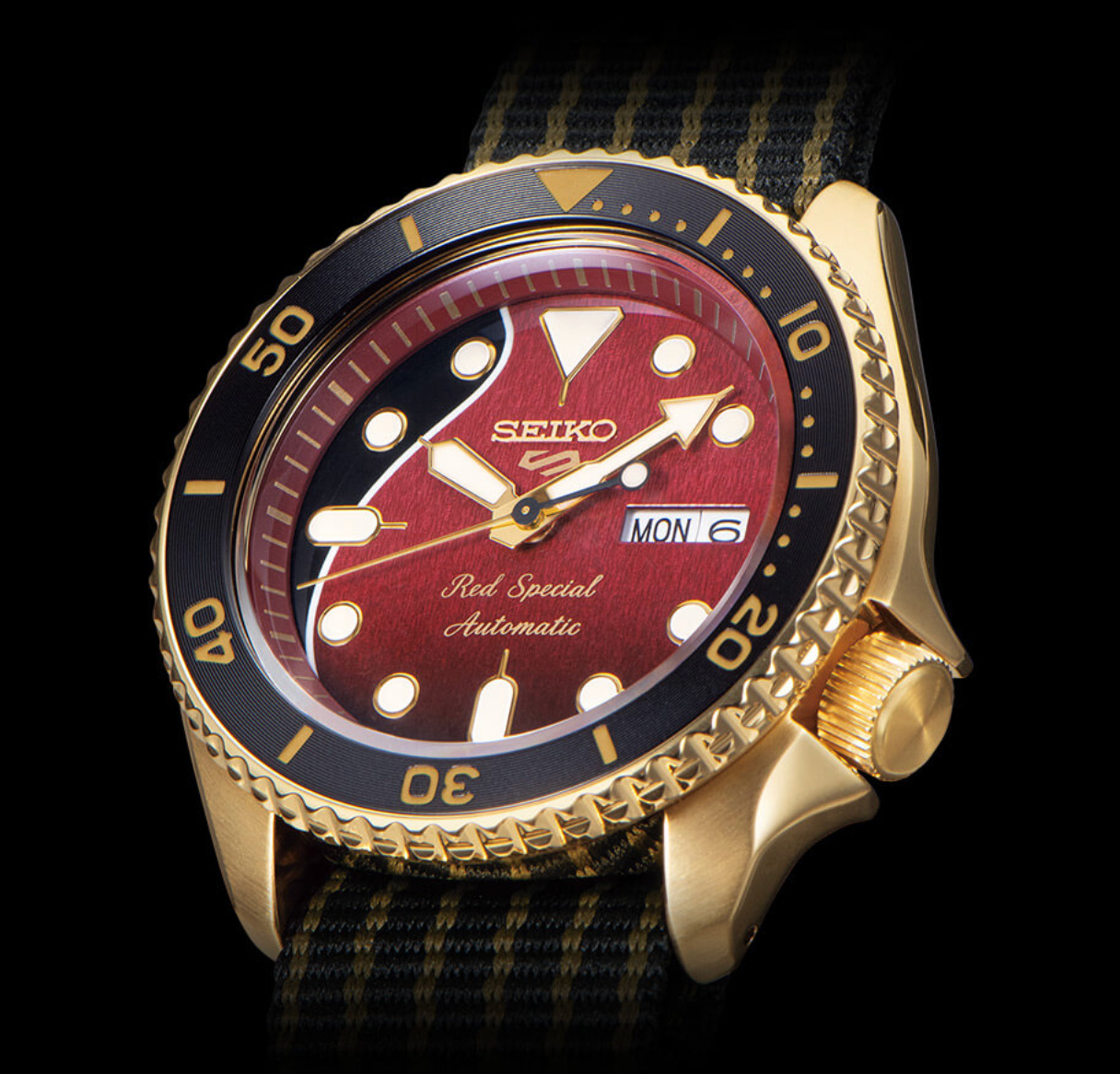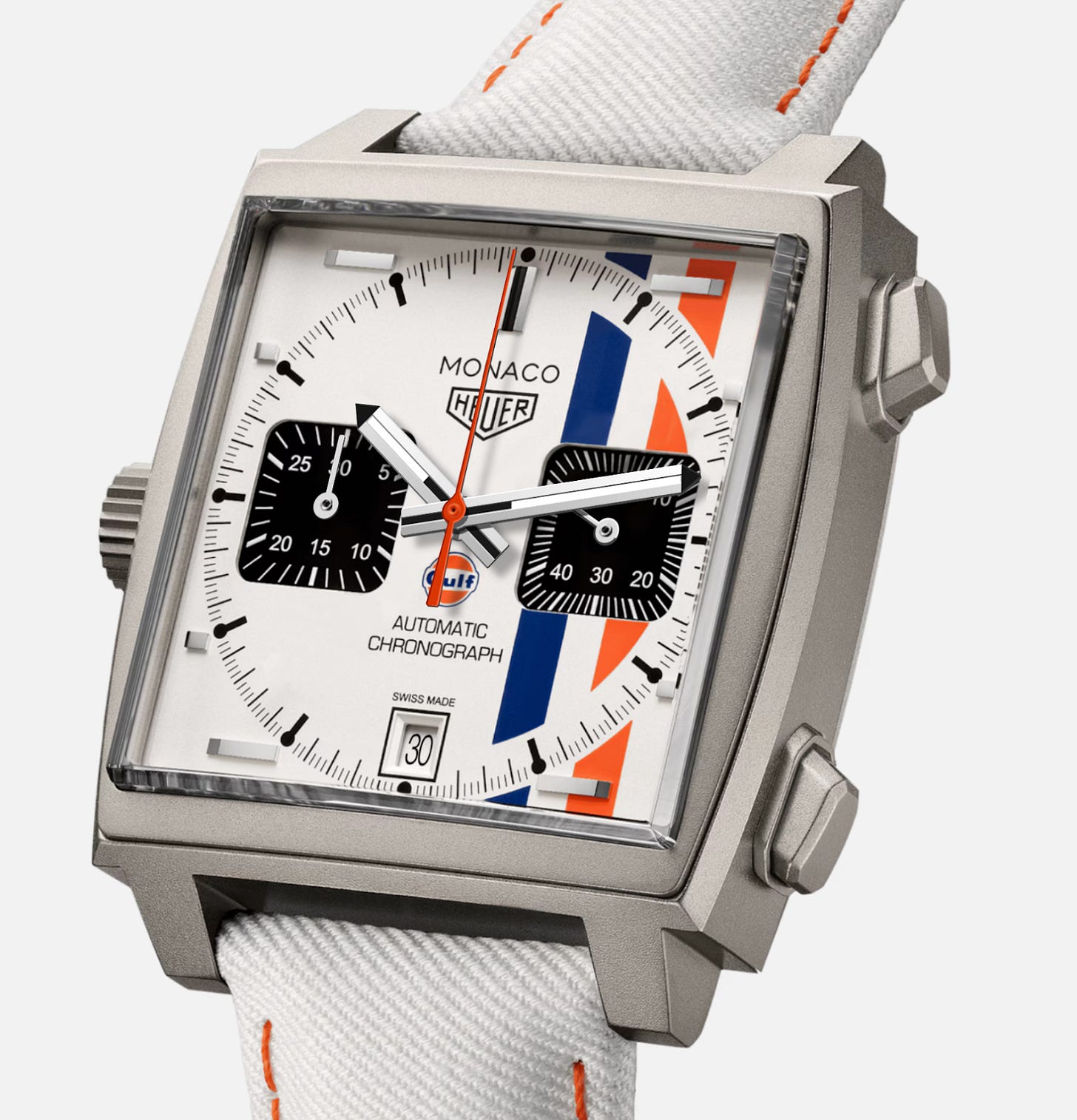The Psychology of Artificial Scarcity: How Luxury Watch Waitlists Manipulate Desire
Why empty display cases and indefinite waiting periods have become the luxury watch industry's most profitable strategy.
The Architecture of Absence
In the rarefied air of haute horlogerie, what doesn't exist has become as valuable as what does. Empty display cases, politely regretful sales associates, and the mythical "waitlist" have transformed the simple act of purchasing a timepiece into something resembling a medieval quest. The contemporary watch market operates on a peculiar economic principle: the less available something appears to be, the more desperately it is desired.
This architecture of absence didn't emerge overnight. Early independent watchmakers faced genuine production constraints – hands could only move so quickly, skills were finite, and quality control demanded time. The scarcity was organic, an honest reflection of craft's limitations. Today's landscape tells a different story. What began as necessity has evolved into strategy, with brands carefully choreographing the illusion of unattainability while production facilities expand behind closed doors.
Consider the curious case of certain steel sports watches that somehow remain perpetually unavailable despite decades of consistent demand. One wonders whether the watchmakers have forgotten how to increase production, or if perhaps they've discovered that unfulfilled desire is the most profitable product of all.
The Choreography of Desire
The modern waitlist represents perhaps the most elegant psychological manipulation in luxury retail. It transforms the wealthy and privileged – individuals accustomed to immediate gratification – into supplicants grateful for the opportunity to spend five figures on a mechanical object.
"I have been waiting three years," confesses a technology executive in hushed tones at a collector's dinner, as though describing a spiritual pilgrimage rather than a delayed commercial transaction. His companions nod with reverence. The wait itself has become a status symbol, a testament to one's commitment and worthiness.
This peculiar theater plays out daily in boutiques across Geneva, London, and Hong Kong. Sales associates – now rebranded as "client advisors" – perform a delicate dance of ambiguity. "I will certainly add your name to our list of interested collectors," they say, carefully avoiding any promise of actual delivery. The very act of registration becomes a privilege, the first step in a journey with no guaranteed destination.
What other industry could transform indefinite product unavailability into a desirable experience? One imagines the absurdity of a restaurant being celebrated for its ten-year reservation backlog, or a car dealership gaining prestige by refusing to sell vehicles.
Numerical Seduction
The limited edition, horlogery's other instrument of controlled scarcity, presents its own cryptic numerology. Why exactly 1,972 pieces to commemorate a racing victory? Why 888 watches for an Asian market special? The arbitrary nature of these limitations rarely corresponds to any meaningful constraint.
More curious still is how the definition of "limited" stretches to accommodate market appetite. A run of 8,000 pieces would have been considered mass production in previous decades, yet now arrives with certificates of exclusivity and breathless press releases celebrating its rarity.
The production numbers themselves tell curious tales. Editions of 25 pieces suggest careful craftsmanship and exclusivity. Runs of 2,000 hint at broader accessibility while maintaining an aura of constraint. The strange alchemy of these numbers – their psychological rather than practical significance – reveals how deeply the industry understands desire's mathematics.
Meanwhile, truly small independent ateliers producing perhaps 20 watches annually receive less attention than major manufacturers artificially capping production at 1,000 "limited" pieces. The language of scarcity has divorced itself from reality, creating a parallel economy of perceived exclusivity.
The Whispered Hierarchies
Behind the veil of waitlists lies perhaps the industry's most closely guarded secret: the hidden allocation system that determines who actually receives the opportunity to purchase. The waitlist, despite its implication of democratic first-come-first-served fairness, operates more as a flexible social instrument than a queue.
"It is not about how long you have waited, but who you are," admits a former boutique director speaking anonymously. "We maintain multiple lists – VVIPs who get immediate allocation, regular clients who might wait a year, and everyone else who serves mainly as a psychological cushion of demand."
This stratification creates an unseen ledger of worth, where purchasing history, social connections, and perceived status determine one's position. The collector who has faithfully acquired less desirable models from the brand moves up invisibly. The first-time buyer with the right connections bypasses the line entirely. The genuine enthusiast with neither advantage joins what amounts to a lottery with undefined odds.
Some brands have formalized this hierarchy, creating tiers of "collector status" complete with dedicated advisors and early access to new releases. Others maintain the illusion of the simple waitlist while practicing the same prioritization behind closed doors. In either case, the message remains consistent: in the world of rare timepieces, all hopeful buyers are equal, but some are considerably more equal than others.
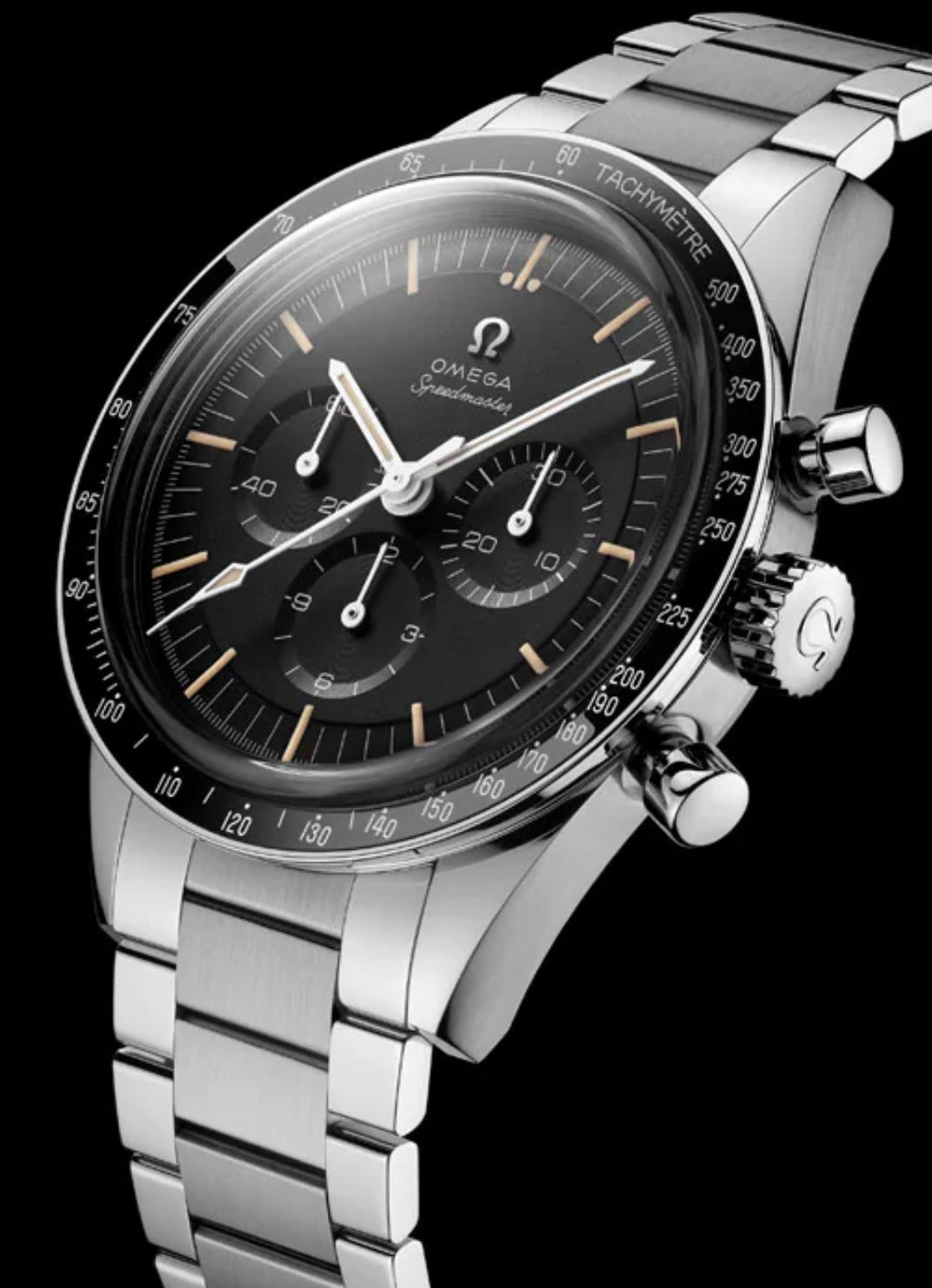
The Economics of Anticipation
Time itself becomes a curious commodity in this ecosystem. As wait periods extend, desire appreciates like compound interest. The watch that seemed merely desirable at the time of inquiry transforms into an object of fixation after two years of anticipation. "I could have purchased any number of alternatives," explains a collector in his fifth year of waiting, "but having invested so much time in this pursuit, abandoning it now would feel like failure."
This psychological investment creates the perfect conditions for the secondary market, where immediate gratification comes at a substantial premium. The same brands that express dismay at gray market prices benefit tremendously from the perception of value they create. A timepiece commanding double its retail price on the secondary market generates powerful mythology around its desirability, even if the manufacturer quietly increases production to satisfy demand.
More peculiar still is how this waiting economy has created its own form of currency. Allocation rights themselves become tradable commodities, with position-holders sometimes selling their spots to impatient buyers. The watch hasn't merely become an asset – the mere possibility of purchasing one has become marketable.
In this strange economy, time does not merely pass; it accrues value. The longer one waits, the more significant the eventual acquisition becomes. The watch transforms from an object of desire into a trophy commemorating one's patience and perseverance – qualities that would seem peculiar to celebrate in any context outside luxury consumption.
The Collector's Paradox
What happens when the quest finally ends? When after years of pursuit, the mythical timepiece finally encircles one's wrist? The moment should represent pure satisfaction – desire fulfilled, patience rewarded. Yet many collectors describe a curious emptiness following acquisition.
"After three years waiting, I wore it for a week straight," confides a private banker about his finally-acquired steel sports chronograph. "Now it sits in the safe most days. The chase was the interesting part."
Herein lies the collector's paradox: the very scarcity that makes these objects desirable often diminishes the practical pleasure of ownership. Watches too rare to risk wearing become prisoners of safes and winders. The joy of possession becomes abstract – knowing one has what others cannot, rather than any practical or aesthetic enjoyment of the item itself.
More poignant still are those who discover that the long-awaited object fails to deliver the emotional satisfaction promised by years of anticipation. No mechanical object, however finely crafted, can bear the weight of such accumulated expectation. The watch becomes a monument not to horological appreciation but to the curious psychology of marketed scarcity.
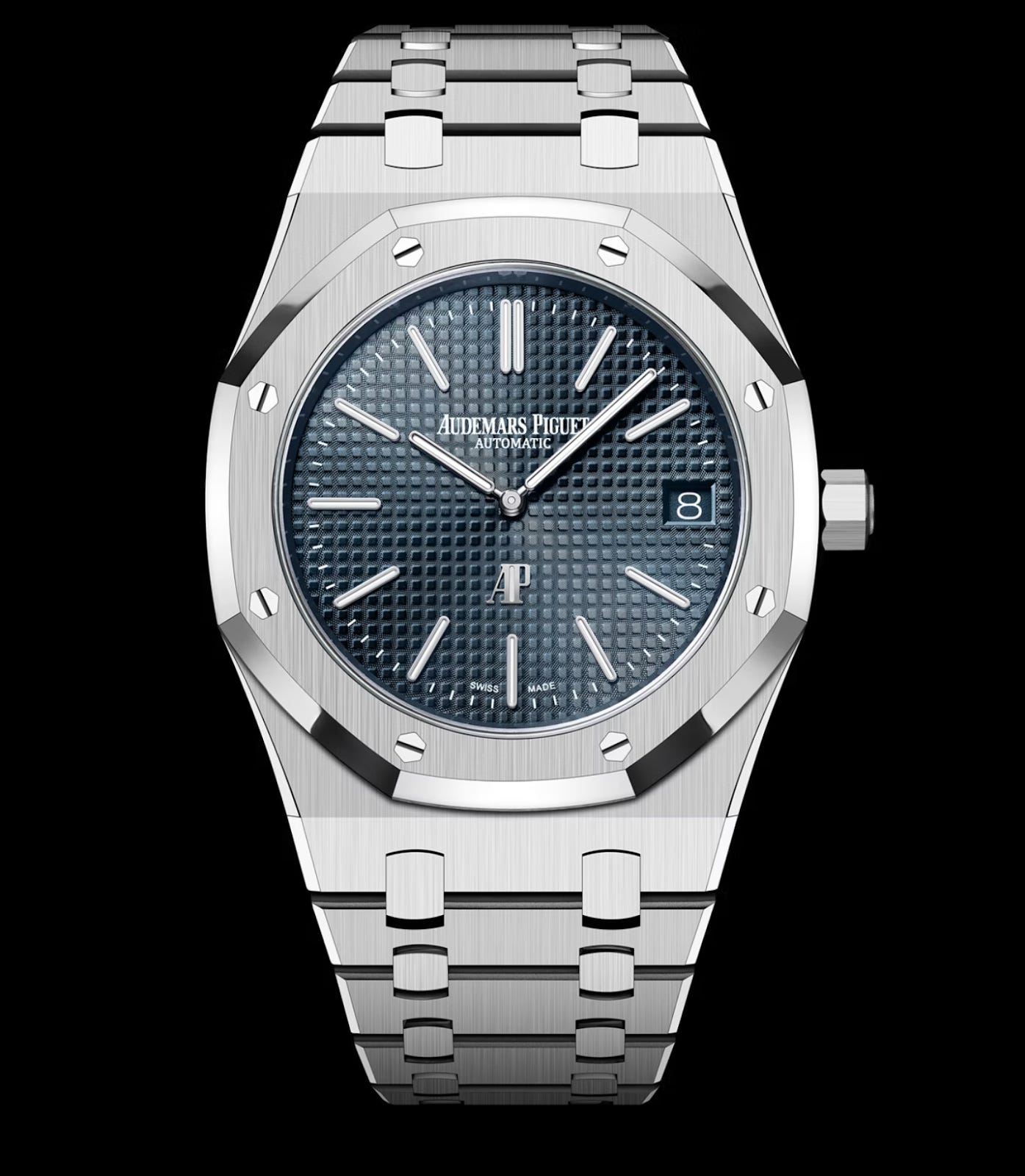
Beyond the Constraint Economy
Not all watchmakers play by these rules. A small but significant contingent of independent creators has chosen a different path – one of transparency, accessibility, and scarcity determined by genuine production capacity rather than marketing strategy.
These watchmakers publish their actual production numbers, maintain direct relationships with clients, and allocate pieces based on authentic interest rather than purchase history. Their waitlists represent true production backlogs rather than artificial constraints. Their limited editions correspond to actual capacity or creative direction rather than market manipulation.
"We make seventy watches annually because that's what our small team can produce while maintaining quality," explains an independent watchmaker from Finland. "We could take deposits from hundreds more collectors, but that would be dishonest about our capabilities."
This approach suggests a different economics of desire – one based on authentic connection to craft rather than engineered unattainability. These creators demonstrate that scarcity needn't be weaponized to be valuable, that transparency doesn't diminish desire, and that treating collectors as partners rather than supplicants builds more sustainable relationships.
Perhaps this represents luxury's more honest future – one where value derives from genuine creativity and craftsmanship rather than artificial constraint. Or perhaps it merely offers a momentary counterpoint to an industry that has perfected the art of selling absence as its most valuable commodity.
In the interim, the curious dance continues. Collectors pursue phantoms. Brands architect absence. Waitlists grow. And behind gleaming boutique windows, empty display cases speak volumes about what we truly desire – not objects themselves, but the stories we construct around their unattainability.
Bibliography
Baudrillard, Jean. The System of Objects. Translated by James Benedict. London: Verso Books, 2005.
Belk, Russell W. “Possessions and the Extended Self.” Journal of Consumer Research 15, no. 2 (1988): 139–168. https://doi.org/10.1086/209154.
Bourdieu, Pierre. Distinction: A Social Critique of the Judgement of Taste. Translated by Richard Nice. Cambridge, MA: Harvard University Press, 1984.
McCracken, Grant. Culture and Consumption: New Approaches to the Symbolic Character of Consumer Goods and Activities. Bloomington: Indiana University Press, 1988.
Morgan Stanley and LuxeConsult. The Swiss Watch Industry: Annual Insights Report. 2020–2024. Accessed via industry briefings and financial services clients.
Omega SA. “Speedmaster Moonwatch Calibre 321.” Accessed May 30, 2025. https://www.omegawatches.com
Patek Philippe SA. “Nautilus Collection.” Accessed May 30, 2025. https://www.patek.com
Rolex SA. “Cosmograph Daytona.” Accessed May 30, 2025. https://www.rolex.com
Seiko Watch Corporation. “Seiko 5 Sports Brian May Limited Edition.” Accessed May 30, 2025. https://www.seikowatches.com
TAG Heuer. “Monaco Chronograph x Gulf Special Edition.” Accessed May 30, 2025.
https://www.tagheuer.com
Thomas, Dana. Deluxe: How Luxury Lost Its Luster. New York: Penguin Books, 2007.
WatchPro. “Why Watch Waiting Lists Are Getting Longer.” WatchPro, 2023. Accessed May 30, 2025. https://www.watchpro.com
Audemars Piguet. “Royal Oak ‘Jumbo’ Extra-Thin.” Accessed May 30, 2025.
https://www.audemarspiguet.com
About the Author
Sergio Galanti is a journalist specializing in independent watchmaking and mechanical horology.



